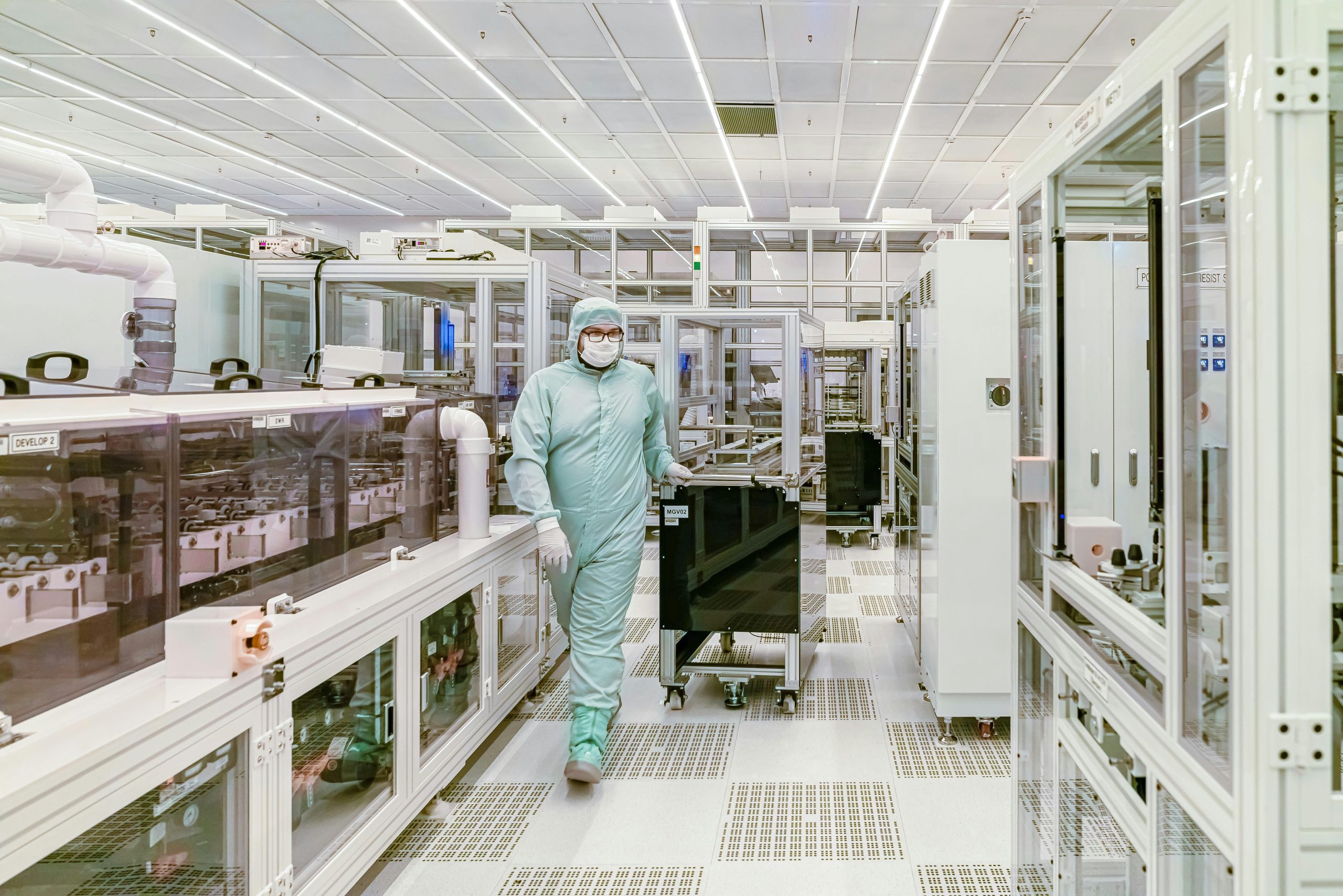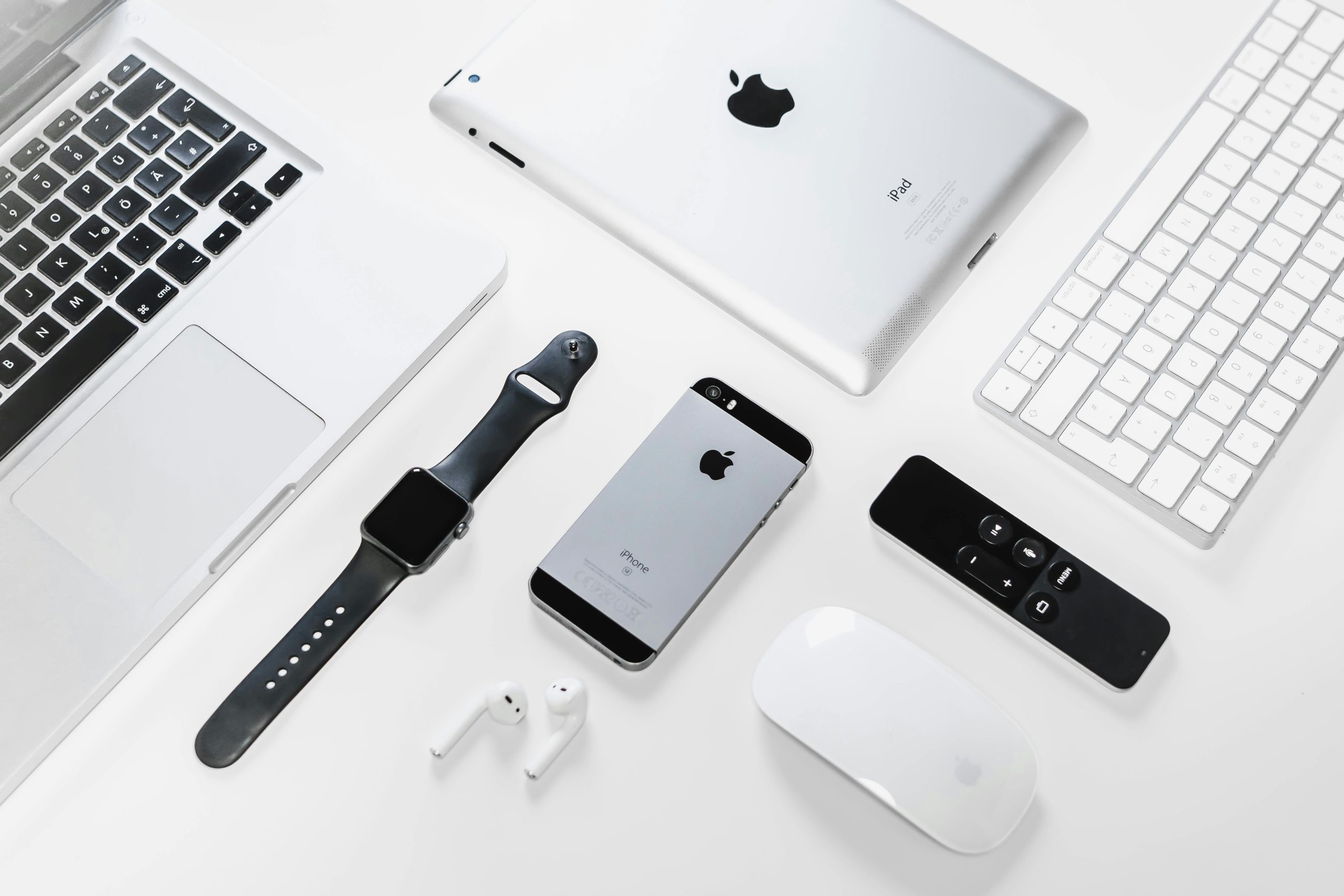How to Install Windows 10 on a New PC: A Comprehensive Guide

Building a new PC is an exciting endeavor, and the final step in bringing your custom machine to life is installing the operating system. Windows 10 remains a popular and robust choice for many users, offering a familiar interface, extensive software compatibility, and regular updates. This guide will walk you through the entire process of installing Windows 10 on your new computer, from preparing your installation media to post-installation setup. We will cover everything you need to know to ensure a smooth and successful installation in 2024-2025.
Section 1: Before You Begin – Preparation is Key
Before diving into the installation, thorough preparation is crucial. This ensures you have all the necessary components and information readily available, minimizing potential roadblocks during the setup process.
1.1 Gathering Your Hardware Components
Ensure your new PC is assembled correctly. This includes:
- Motherboard: The central hub connecting all components.
- CPU (Central Processing Unit): The brain of your computer.
- RAM (Random Access Memory): For multitasking and temporary data storage.
- Storage Drive (SSD or HDD): Where Windows and your files will be stored. Solid State Drives (SSDs) are highly recommended for faster boot times and application loading.
- Graphics Card (GPU): Essential for displaying visuals, especially for gaming and demanding applications.
- Power Supply Unit (PSU): Provides power to all components.
- Case: Houses all your components.
- Monitor, Keyboard, and Mouse: Essential peripherals for interacting with your PC.
1.2 Obtaining a Windows 10 License
To legally install and use Windows 10, you will need a product key. You can purchase a digital license or a physical copy from Microsoft or authorized retailers. While you can install Windows 10 without a product key, many features will be restricted until activation. As of 2024, a Windows 10 Home license typically costs around $139 USD, and a Windows 10 Pro license is around $200 USD. [SOURCE: Microsoft Store pricing, subject to change]
1.3 Creating Windows 10 Installation Media
The most common and recommended method for installing Windows 10 is by using a USB flash drive. Microsoft provides a free tool called the Media Creation Tool for this purpose.
1.3.1 Downloading the Media Creation Tool
Visit the official Microsoft website and search for “Download Windows 10.” You will find a link to download the Media Creation Tool. Ensure you download it from a trusted source to avoid malware.
1.3.2 Using the Media Creation Tool
Once downloaded, run the Media Creation Tool. You will be presented with options to upgrade your current PC or create installation media for another PC. Choose the latter.
- Accept the license terms.
- Select “USB flash drive” as the media type.
- Choose your USB drive from the list. Ensure it has at least 8GB of storage and that any important data on it is backed up, as it will be erased.
- The tool will download the latest version of Windows 10 and create a bootable USB drive. This process can take some time depending on your internet speed.
1.4 Checking System Requirements
Before installation, verify that your new PC meets the minimum system requirements for Windows 10:
- Processor: 1 gigahertz (GHz) or faster compatible processor or System on a Chip (SoC)
- RAM: 1 gigabyte (GB) for 32-bit or 2 GB for 64-bit
- Hard disk space: 16 GB for 32-bit OS or 20 GB for 64-bit OS
- Graphics card: DirectX 9 or later with WDDM 1.0 driver
- Display: 800×600 resolution
While these are the minimums, for optimal performance in 2024-2025, it’s recommended to have at least 8GB of RAM and an SSD for storage.
Section 2: The Installation Process
With your installation media ready and your PC assembled, you’re prepared to begin the Windows 10 installation.
2.1 Accessing the BIOS/UEFI
The BIOS (Basic Input/Output System) or UEFI (Unified Extensible Firmware Interface) is firmware that initializes your hardware during the boot process and allows you to configure boot order and other system settings. To boot from your USB drive, you need to access these settings.
- Insert the Windows 10 USB drive into a USB port on your new PC.
- Turn on your PC.
- Immediately press the BIOS/UEFI key as your computer starts up. Common keys include DEL, F2, F10, F12, or ESC. The exact key is usually displayed on the screen during the initial boot sequence.
2.2 Configuring the Boot Order
Once inside the BIOS/UEFI settings:
- Navigate to the “Boot” or “Boot Order” section. The exact location varies by motherboard manufacturer.
- Change the boot priority to make your USB drive the first boot device. It might be listed as “USB HDD,” “Removable Devices,” or the specific name of your USB drive.
- Save your changes and exit the BIOS/UEFI. This is typically done by pressing F10 and confirming.
2.3 Starting the Windows 10 Setup
After saving and exiting the BIOS/UEFI, your PC will restart. If you’ve configured the boot order correctly, it should now boot from the USB drive, and you’ll see the Windows Setup screen.
- Select your language, time, and currency format, and keyboard input method. Click “Next.”
- Click “Install now.”
2.4 Entering Your Product Key
You’ll be prompted to enter your Windows 10 product key. If you have it, enter it now. If you plan to activate Windows later, you can click “I don’t have a product key.”
2.5 Choosing the Windows 10 Edition
If you skipped the product key, you’ll need to select the edition of Windows 10 you want to install (e.g., Windows 10 Home, Windows 10 Pro). Ensure this matches the license you intend to use.
2.6 Accepting License Terms
Read the Microsoft Software License Terms and check the box to accept them. Click “Next.”
2.7 Selecting Installation Type
You will be presented with two options:
- Upgrade: Install Windows and keep files, settings, and applications: This option is for upgrading an existing installation of Windows. It’s not applicable for a new PC.
- Custom: Install Windows only (advanced): This is the option you need for a new PC.
Select “Custom: Install Windows only (advanced).”
2.8 Partitioning Your Hard Drive
This is a critical step where you decide how your storage drive will be used.
- You will see a list of drives and partitions. For a new PC with a clean drive, you’ll likely see “Unallocated Space.”
- To install Windows on the entire drive: Select the “Unallocated Space” and click “Next.” Windows will automatically create the necessary partitions.
- For custom partitioning: Click “New” to create new partitions. You can specify the size for your Windows installation partition (e.g., 100-200 GB is usually sufficient for the OS and applications). You can create additional partitions later for data storage.
- Select the partition where you want to install Windows and click “Next.”
Important Note: If you are installing on a new SSD, Windows will automatically create several small partitions for system files (e.g., System Reserved, Recovery Partition). This is normal.
2.9 Installing Windows 10
Windows will now begin copying files, preparing files for installation, installing features, installing updates, and finishing up. Your PC will restart several times during this process. Do not remove the USB drive until you are prompted to do so or until the initial setup is complete.
Section 3: Initial Setup and Configuration
Once the core Windows 10 files are installed, you’ll go through a series of setup screens to configure your user account, privacy settings, and other preferences.
3.1 Region and Keyboard Layout
Confirm your region and keyboard layout. You may also be prompted to add a second keyboard layout.
3.2 Network Connection
Connect to your Wi-Fi network or plug in an Ethernet cable. This is important for downloading updates and setting up your Microsoft account.
3.3 Account Setup
You have two main options:
- Microsoft Account: Signing in with a Microsoft account (e.g., Outlook.com, Hotmail.com) allows you to sync settings across devices, access the Microsoft Store, and use services like OneDrive.
- Local Account: A local account is specific to this PC and does not sync settings or require an internet connection for setup.
Choose the option that best suits your needs. If you opt for a Microsoft account, you’ll be prompted to enter your email and password. If you choose a local account, you’ll need to create a username, password, and security questions.
3.4 Privacy Settings
Windows 10 offers various privacy settings. Review these carefully and choose the options you are comfortable with. These settings control data collection, location services, diagnostic data, and more. You can adjust these later in the Settings app.
3.5 Cortana Setup (Optional)
You may be asked if you want to set up Cortana, Microsoft’s virtual assistant. You can choose to enable or disable this feature.
3.6 Desktop App Installation
Windows may offer to install some basic apps like Microsoft Edge, OneDrive, and others. You can choose which ones to install.
3.7 Finalizing Setup
Windows will apply your settings and prepare your desktop. This may take a few minutes. Once complete, you will see the Windows 10 desktop.
Section 4: Post-Installation Tasks
After successfully installing Windows 10, there are several essential tasks to perform to ensure your system is up-to-date, secure, and optimized.
4.1 Checking for Windows Updates
This is the most critical step. Windows Update downloads and installs the latest security patches, feature updates, and driver updates.
- Go to Settings (Windows key + I).
- Click on Update & Security.
- Click on Windows Update in the left-hand pane.
- Click “Check for updates.”
Allow Windows to download and install all available updates. This may require several restarts. As of 2024, major feature updates are released less frequently, with cumulative updates providing ongoing security and stability improvements.
4.2 Installing Drivers
While Windows Update often installs generic drivers, it’s highly recommended to install the latest drivers directly from the manufacturers of your hardware components for optimal performance and stability.
- Graphics Card Driver: Visit NVIDIA, AMD, or Intel’s website to download the latest drivers for your specific GPU.
- Motherboard Drivers: Go to your motherboard manufacturer’s website (e.g., ASUS, Gigabyte, MSI) and download drivers for your chipset, audio, LAN, and other onboard components.
- Other Peripherals: Install drivers for any other specific hardware you have, such as printers or webcams.
You can usually find these drivers in the “Support” or “Downloads” section of the manufacturer’s website by searching for your specific motherboard or graphics card model.
4.3 Activating Windows 10
If you didn’t enter your product key during installation, you’ll need to activate Windows now.
- Go to Settings > Update & Security.
- Click on Activation in the left-hand pane.
- Click “Change product key” and enter your 25-character product key.
Activation typically requires an internet connection.
4.4 Installing Essential Software
Now you can start installing your favorite applications:
- Web Browsers: Google Chrome, Mozilla Firefox, Brave, etc.
- Productivity Suites: Microsoft Office, LibreOffice.
- Media Players: VLC Media Player.
- Security Software: While Windows Defender is robust, you might consider a third-party antivirus solution.
- Gaming Platforms: Steam, Epic Games Store, etc.
4.5 Personalizing Your Desktop
Customize your Windows 10 experience:
- Change Wallpaper: Right-click on the desktop and select “Personalize.”
- Adjust Display Settings: Set your preferred resolution and scaling.
- Taskbar and Start Menu: Pin frequently used apps and organize your Start Menu.
4.6 Creating a System Restore Point
It’s good practice to create a system restore point after you’ve installed all your essential software and drivers. This allows you to revert your system to a previous state if something goes wrong in the future.
- Search for “Create a restore point” in the Windows search bar and open it.
- In the System Properties window, click “Create…” under Protection Settings.
- Give your restore point a name and click “Create.”
Section 5: Troubleshooting Common Issues
While the installation process is generally straightforward, you might encounter a few issues. Here are some common problems and their solutions.
5.1 PC Not Booting from USB
Cause: Incorrect BIOS/UEFI boot order, corrupted USB drive, or USB port issue.
Solution:
- Double-check your BIOS/UEFI settings to ensure the USB drive is the primary boot device.
- Try a different USB port.
- Recreate the Windows 10 installation media using the Media Creation Tool.
- Ensure your USB drive is properly formatted and recognized by the tool.
5.2 “No Device Drivers Found” Error
Cause: The Windows installer cannot find the necessary drivers for your storage controller (especially with NVMe SSDs). This is less common with Windows 10 but can occur.
Solution:
- Download the latest storage controller drivers (SATA/AHCI/RAID/NVMe) from your motherboard manufacturer’s website onto a separate USB drive.
- During the “Where do you want to install Windows?” screen, click “Load driver” and browse to the folder containing the drivers on your USB drive.
5.3 Installation Stuck or Freezing
Cause: Overheating, faulty RAM, or a corrupted installation file.
Solution:
- Ensure your PC has adequate cooling.
- Reseat your RAM modules.
- Recreate the Windows 10 installation media.
- If the issue persists, try installing with minimal hardware connected (CPU, one RAM stick, storage drive) to isolate the problem.
5.4 Activation Issues
Cause: Incorrect product key, no internet connection, or server issues.
Solution:
- Verify your product key is correct and for the edition of Windows you installed.
- Ensure you have a stable internet connection.
- If you recently upgraded hardware, you might need to use the Activation Troubleshooter or contact Microsoft Support. Digital licenses are often tied to your Microsoft account or hardware configuration.
Conclusion
Installing Windows 10 on a new PC is a rewarding process that brings your custom-built machine to life. By following these steps carefully, from preparing your installation media to performing essential post-installation tasks, you can ensure a smooth and successful setup. Remember to keep your system updated and drivers current to maintain optimal performance and security throughout your PC’s lifespan. Enjoy your new Windows 10 experience!









